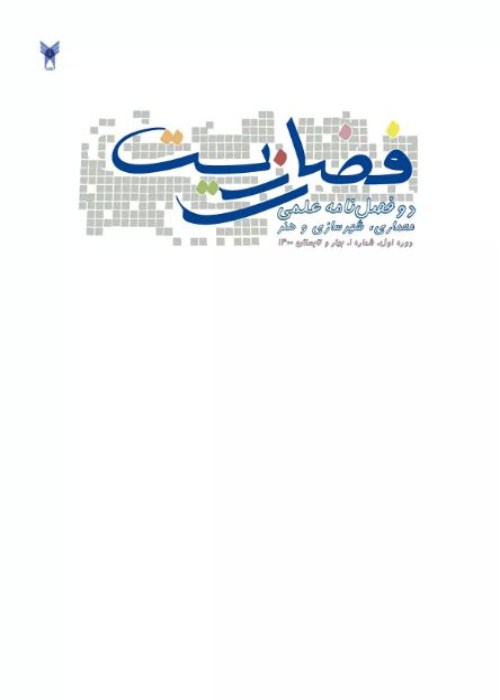Defining the Conceptual Paradigm of the Nature-Inspired Design Strategies
By utilising biological knowledge, the application of nature strategies in the building of an architect can assist businesses and designers in moving towards a sustainable future by fostering a cohabitation and harmony between the natural and artificial environments.We need to understand the creation processes of the architect with framing inspiration from nature due to the complexity of nature's ways and the nature of its fields, despite these constructive and outstanding strategies in settling human conflict.The rich reservoir of knowledge that is nature can be used to significantly influence and nurture sustainable thinking as a way of thinking and an intellectual apparatus.Due to the breadth of biological knowledge and the complexity in understanding and employing nature's strategies as a result of knowledge developments, we necessitate a model to use in area of biological strategies. This model starts with the use of biological studies in the first step and uses an intelligent processing system on the side. The deliberate and obvious relationship between these ideas, as well as the identification and clarification of the elements of design projects, which opens up new avenues for developing new designs that are inspired by nature, are the primary issues of the research.
The current study used a combination of qualitative research methods, including field investigations, case studies as well as a descriptive-analytical approach.The order of nature-inspired design education places doing field studies by testing and utilising the studied technique first when testing research hypotheses.A total of 132 master's degree students from the Islamic Azad University of Mashhad and the Tehran Science and Research Branch participated in exploration and field investigations that were conducted in two stages of pre test and test over the course of two academic years and three academic semesters. There is a review of the pre-examination results analysis and the planning and preparation for the exam in the academic year 2019-2020 in the second semester of the academic year 2018-2019.
In terms of philosophy and theoretical issues, several approaches—such as Biomimicry, The Hannover Principles, and Cradle to Cradle— are considered to be design approaches that employ ecological considerations in their designs. Furthermore, there isn't agreement yet on whether these methods should be applied in conjunction with a certain design process. The primary challenge of this study is to explain how to apply natural solution methods to architectural problems and to close the gaps that have been identified. In order to achieve a balance between the natural and built environments, the research's overall goal is to present the attitude, tools, and methods for converting the architectural solutions found in nature. According to the research, the biological foundation of the architectural development process starts with the design problem-solving methodology. In addition to changing the product's quality and functionality, biological knowledge and information also affects how buildings are made. The main result is a shift in design philosophy that aims to produce harmony and balance between the natural and artificial environments, boosting output and bringing about stability rather than lessening instability.The authors recognize that there are various approaches to achieving sustainability and striking a balance between the man-built environment and nature. We must develop sustainable thinking as an intellectual tool if we intend to achieve this goal. Choosing and identifying the best design attitude (problem- or solution-based approach), picking and developing the best problem-solving techniques, and using the right tools to translate natural solutions into architectural solutions. In a model, that also illustrates the characteristics of each phase with several subsections relevant to the design process; they were able to convey the mindset, tools, and method of using nature's strategies and converting them into architectural solutions in a process with four main phases.To test the research's hypotheses to make the topics understandable and navigable, and as a result, the qualitative variables have been transformed into quantitative and measurable variables in a form that can be cited and presented in the form of a diagram among the appropriate statistical population, i.e., university students (architecture students). The researchers could divide the complicated and wide-ranging topic of the architectural design process inspired by nature into independent variables and dependent variables, explain them appropriately and then conduct a test to determine their relative importance.
- حق عضویت دریافتی صرف حمایت از نشریات عضو و نگهداری، تکمیل و توسعه مگیران میشود.
- پرداخت حق اشتراک و دانلود مقالات اجازه بازنشر آن در سایر رسانههای چاپی و دیجیتال را به کاربر نمیدهد.



